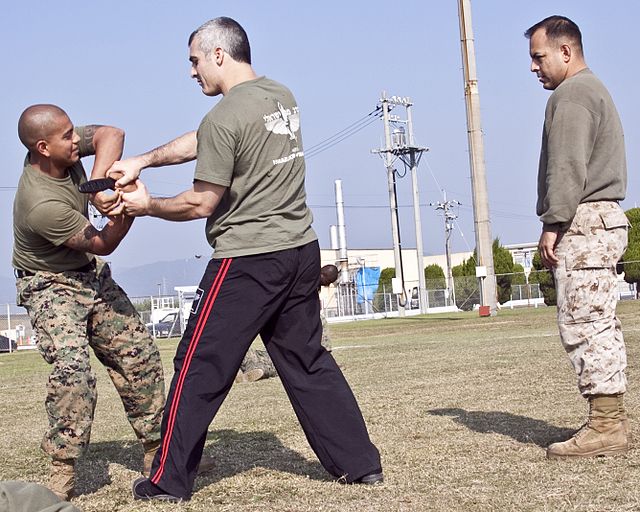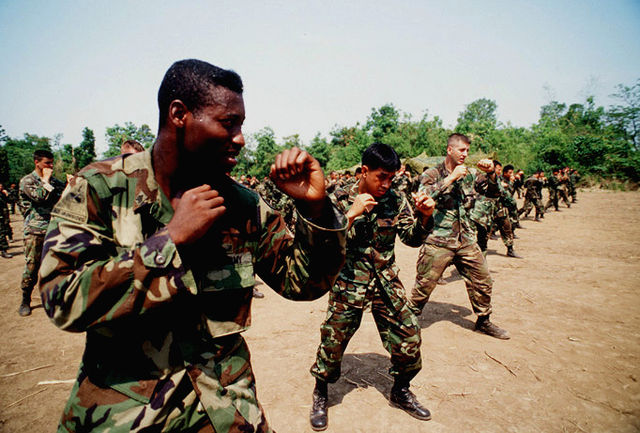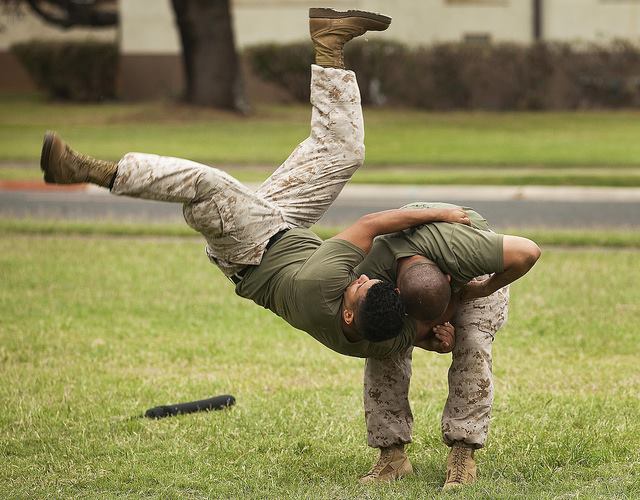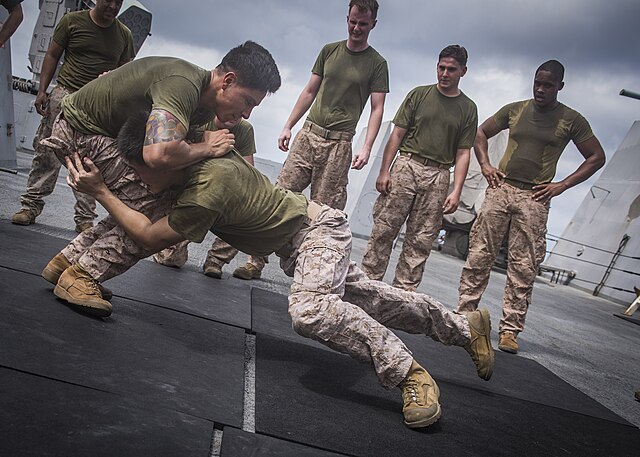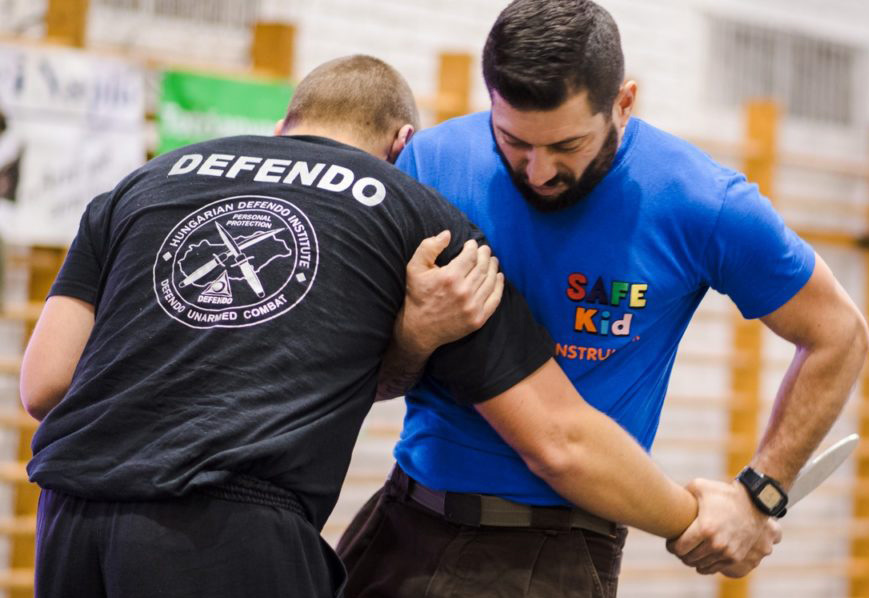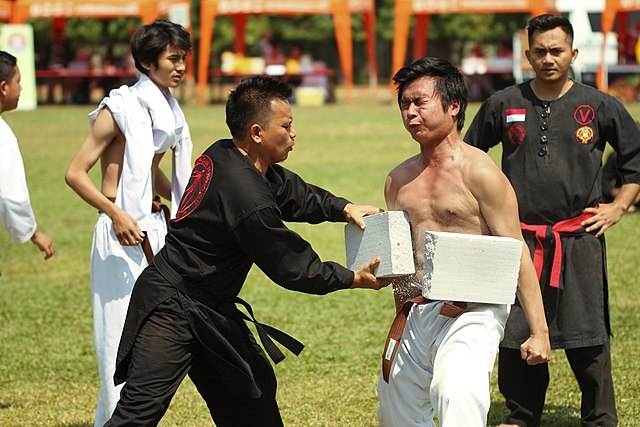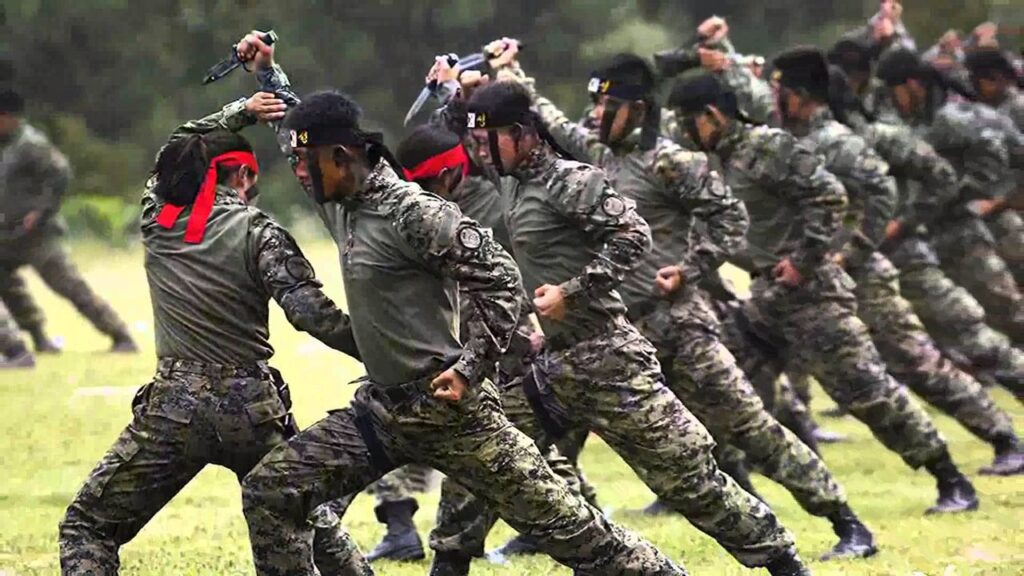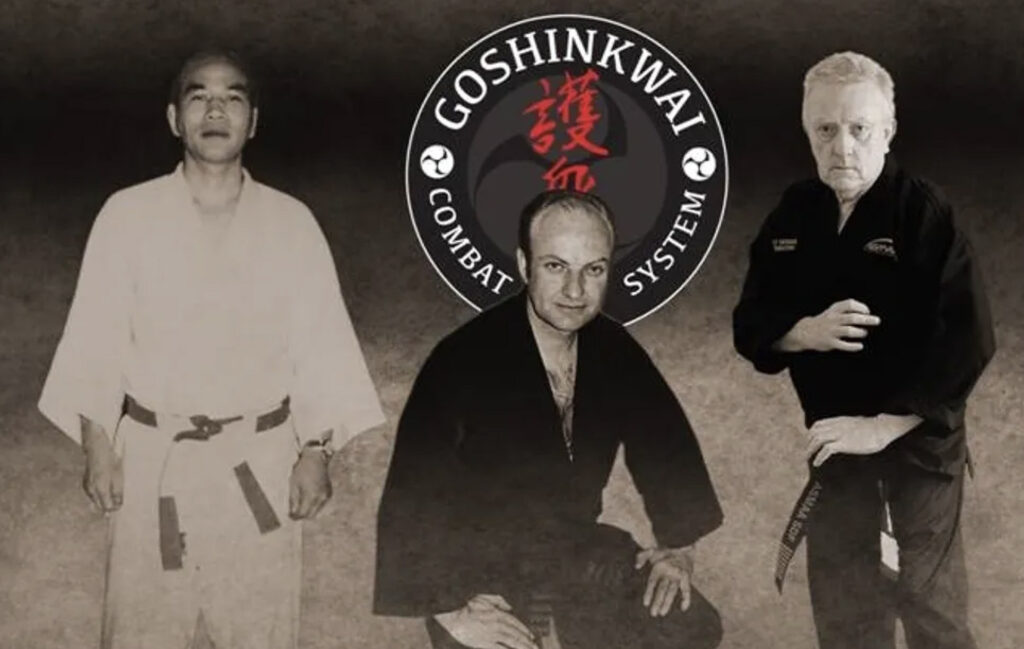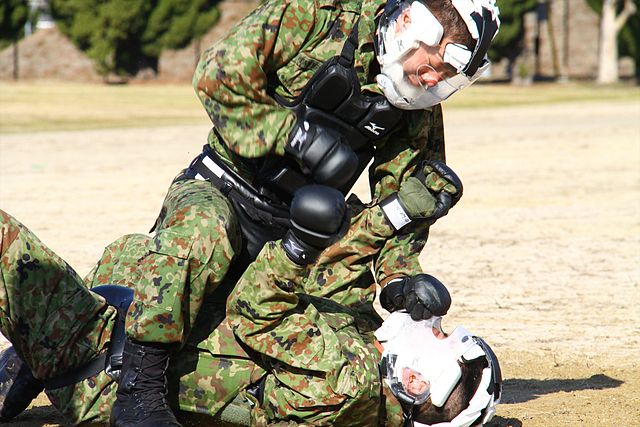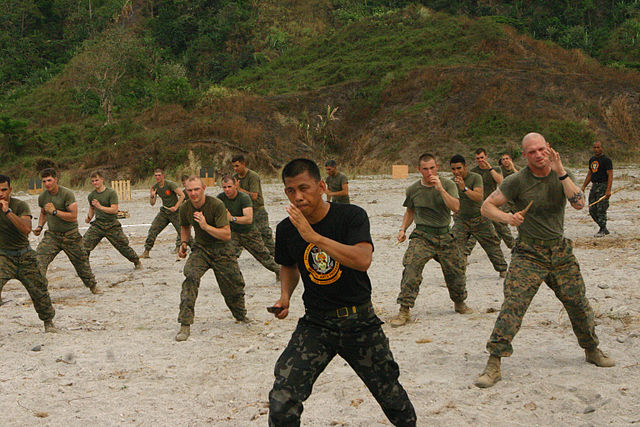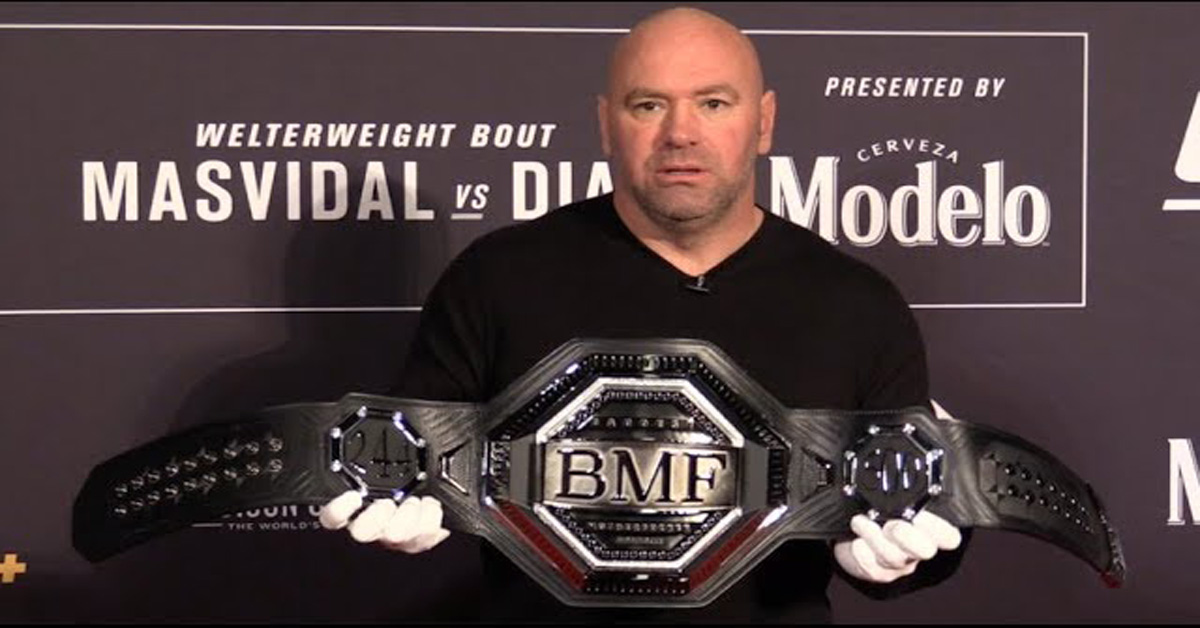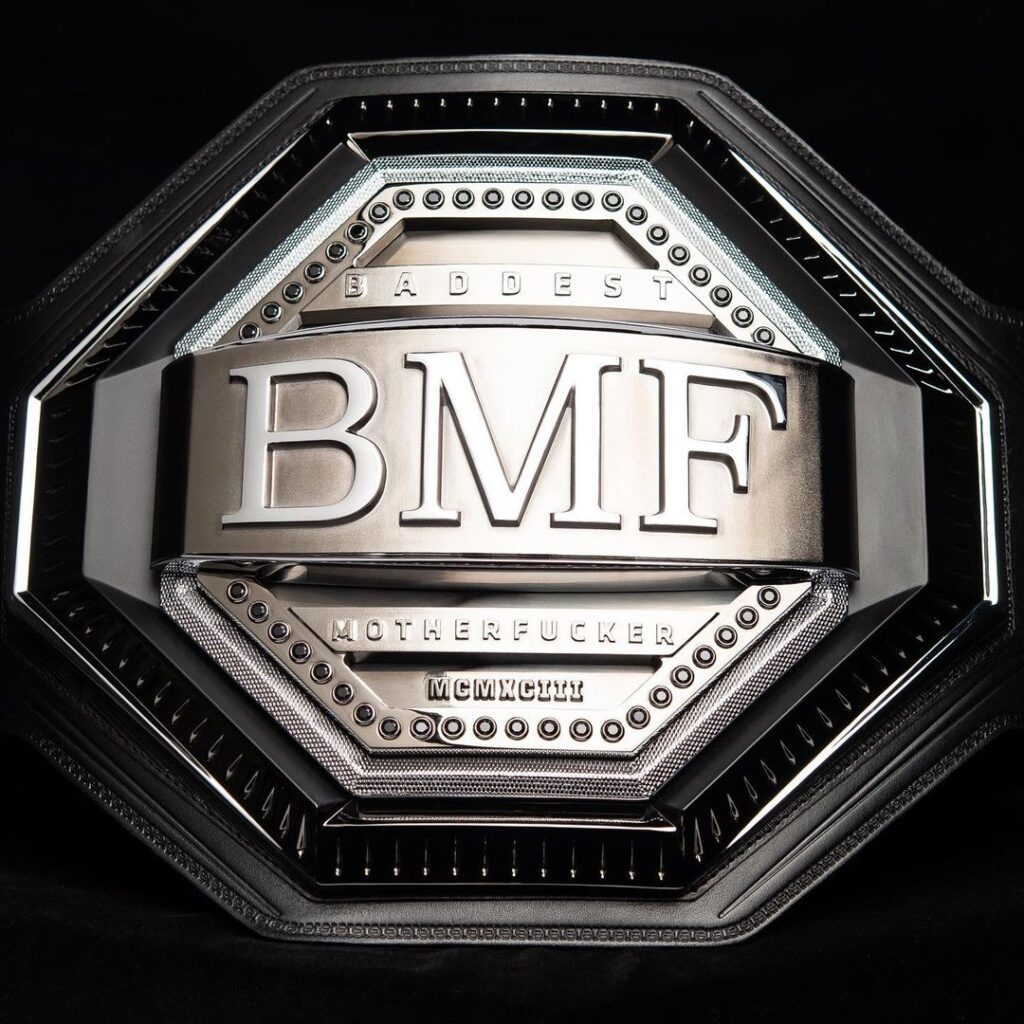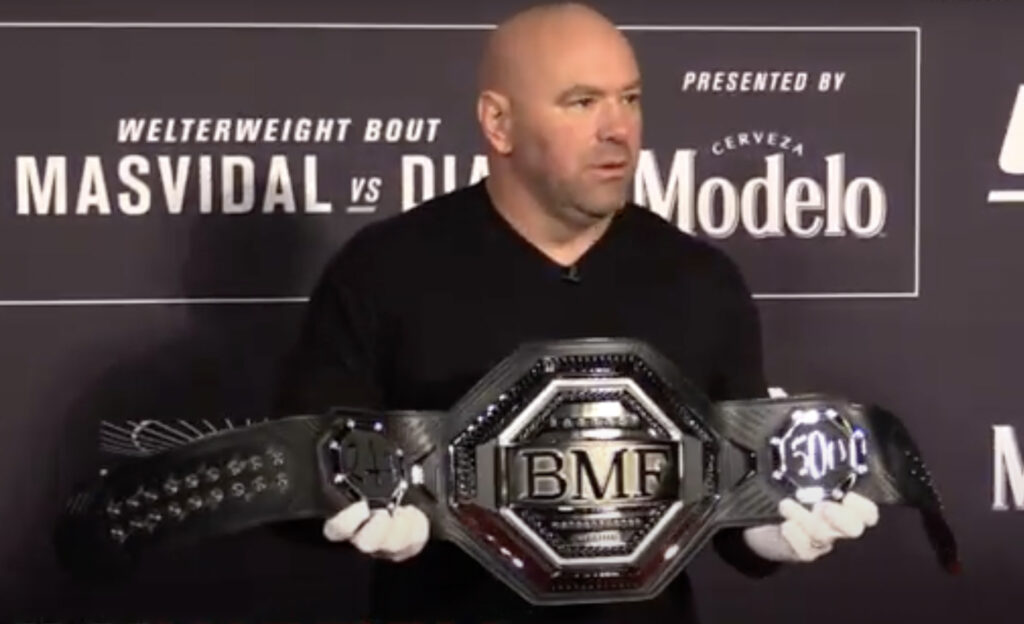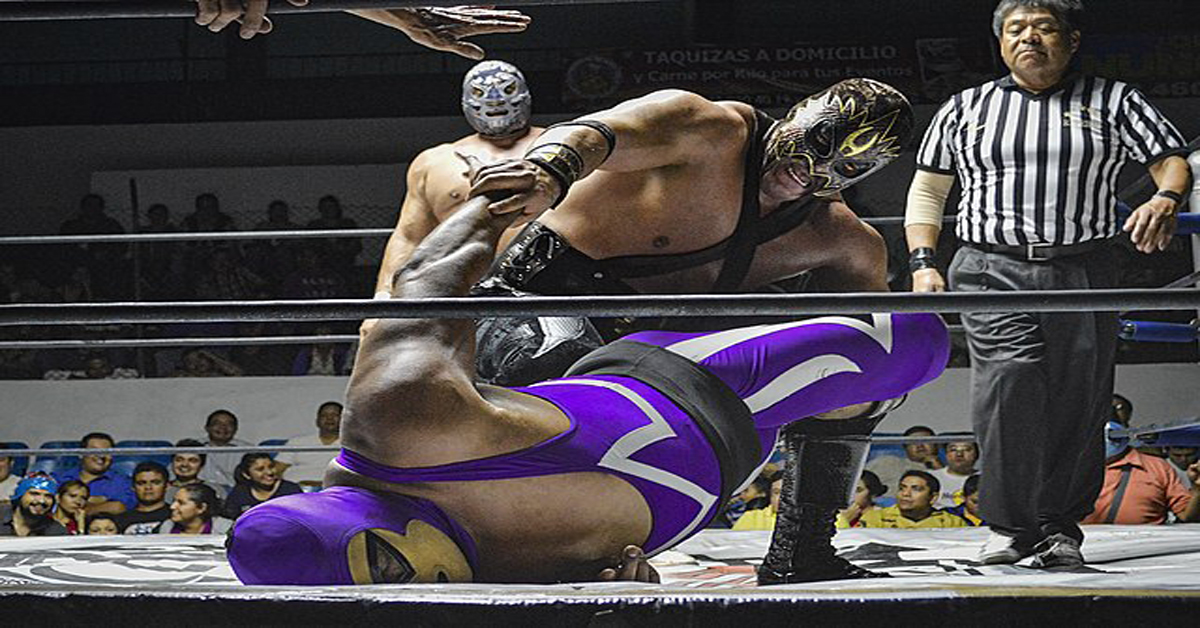
Lucha Libre is one of the most beloved styles of pro wrestling in the world. This style of pro wrestling has a storied history, which includes some of the most beloved lucha stars of all time.
Here is a full history of the Mexican pro wrestling style known as Lucha Libre. Below is everything you need to know about the pro wrestling style from the lucha stars to the significance of the masks.
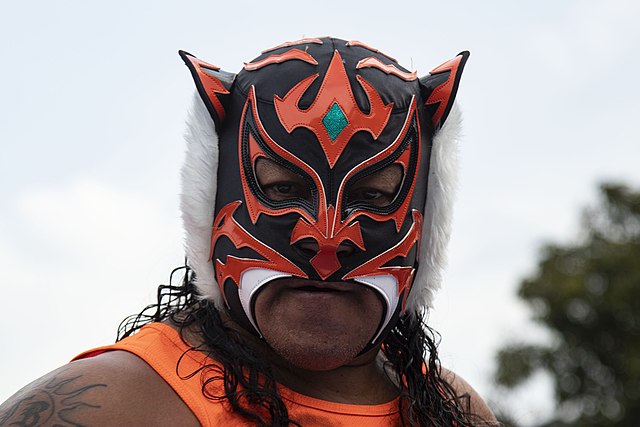
What is Lucha Libre?
Lucha Libre is a style of pro wrestler that was developed in Mexico over a century ago. This Mexican style of pro wrestling is synonymous with the different masks and the incredible athleticism of the luchadors.
This style of pro wrestling has been incredibly influential on the evolution of the sport. Many of the luchadors of the past influenced the wrestlers of today to captivate audiences with high flying moves.
The History of Lucha Libre
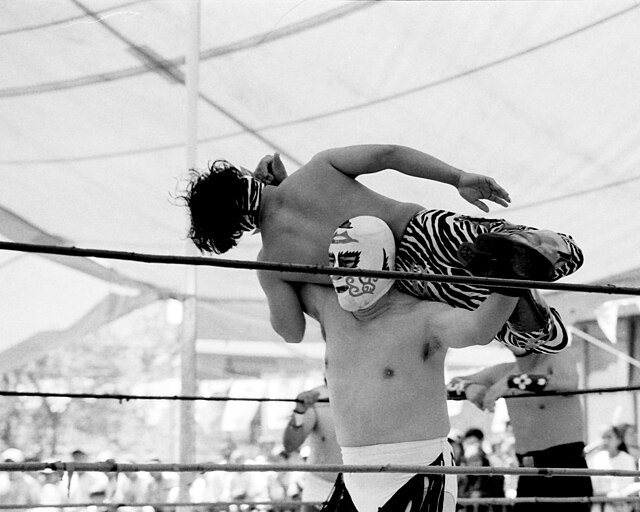
Many date the roots of Lucha Libre to the 1800s, but elements of the pro wrestling style date back even further. Groups of indigenous tribes throughout Central America engaged in various forms of wrestling.
They wrestled in various festivals and religious events. During these festivals, the performers would perform scenes wearing various bright costumes, depicting a story of good vs. evil.
During the late 1800s, Greco Roman style wrestling was introduced into Mexico. Also during this time throughout North America and Europe, wrestlers would perform in carnival shows.
Their matches would either be a shot, meaning real matches or worked matches, which were predetermined matches. Within Mexico, wrestlers or luchadores as they’d be known created their own style of pro wrestling that was called “Lucha Libre.”
Mexican entrepreneur Salvador Lutteroth Gonzalez is credited with coining the term and creating the pro wrestling style. In 1933, Gonzalez founded “Empresa Mexicana de Lucha Libre,”
EMLL would later become the world-renowned Consejo Mundial de Lucha Libre(CMLL). This style of Mexican pro wrestling separated itself from other forms with masks and high-flying maneuvers.
Lucha Libre became ingrained into Mexican culture and gained fans from around the world. This pro wrestling style has been going strong for almost a hundred years and is as popular as ever.
Lucha Libre Masks and Why They’re Worn?
What sets Lucha apart from other forms of pro wrestling are the masks that the wrestlers wear. The Lucha Libre masks hold significant cultural significance, representing characters, traditions, and various aspects of Mexican identity.
Luchadores wear masks to conceal their identity from the public and keep up what is called “kayfabe” in pro wrestling. This means that whether they are wrestling or out in public, they play their character and keep their masks on.
In Lucha Libre, one of the biggest types of matches is mask vs. mask matches. These are where the loser will have to unmask, which marks one of the most significant events in their career.
When a luchador loses their mask, it can be either a huge humiliation or a new start to their career.
Sections of pro wrestling fans are extremely passionate about luchador masks and keep collections of their favorites.
Lucha Libre Wrestling Promotions
Within Mexico, there are various Lucha Libre promotions within the country. The top two wrestling promotions that stand above them all are CMLL and AAA.
Consejo Mundial de Lucha Libre(CMLL)
The Consejo Mundial de Lucha Libre or CMLL is the oldest pro wrestling organization in the world. It was first founded in 1933 by Mexican entrepreneur Salvador Lutteroth Gonzalez.
For decades, CMLL was arguably the biggest pro wrestling organization in the world. It was the home of various legendary luchadores from El Sant, Blue Panther, and Mis Mascaras.
All of the major CMLL events are held in the legendary Arena Mexico. A revered venue for wrestling enthusiasts, where countless historical events in Lucha Libre took place.
Lucha Libre AAA Worldwide(AAA)
Next to CMLL is the Lucha promotion Lucha Libre AAA Worldwide. AAA was founded in the early 1990s by Antonio Pena, who was the former booker of CMLL.
After a dispute with the owners of CMLL, Pena started his own promotion and took half of the roster with him. AAA brought in a new invigorated style of Lucha, which included added American wrestling style storylines.
They also introduced a more violent style of Lucha, which included cage matches and more blood and violence.
For over 30 years, AAA has produced some of the greatest moments in Lucha history along with CMLL.
The Greatest Wrestlers in the History of Lucha
In the history of Lucha, there have been many stars that were beloved and captured the imaginations of fans. Here are five of the greatest wrestlers in the history of Lucha Libre.
El Santo
Of all of the luchadores in the history of Lucha Libre, there is nobody more iconic than El Santo.
Rodolfo Guzman Huerta was a professional wrestler for over five decades. Huerta donned the El Santo gimmick in the 1940s and became a Mexican icon.
He transcended Lucha and became an actor, who starred in over 60 movies and TV shows. Many consider El Santo one of the greatest pro wrestlers ever.
Blue Demon
Alejandro Munoz Moreno or better known as Blue Demon is another iconic luchador. During the 1960s and 1970s, Blue Demon was the biggest star next to rival El Santo.
Moreno broke into the business in 1948 and had a career that lasted over 40 years. During Blue Demon’s career, he won multiple Mexican titles and the NWA heavyweight title twice
Mil Mascaras
Mil Mascaras was one of the biggest luchadores in history, who reached international fame. Aaron Rodriguez Hernandez, has wrestled all over the world and sold out numerous stadiums in his 60 years in the wrestling business.
Till this day, Mil has still not unmasked and his personal life is still mostly secret from the public. Hernandez’s last match(as of now) was in 2019 when he was 79 years old
Blue Panther
Blue Panther is not only one of the greatest luchadores in pro wrestling history, but also a well respected trainer. Genaro Vasquez Nevarez made his Lucha debut in the mid 1970s and still continues to work around Mexico.
Nevarez also began training luchadores in the 1990s and was one of the first to train female luchadores.
Rey Mysterio Jr.
The most recognized modern luchador is none other than the legend Rey Mystery Jr. Mysterio has been captivating audiences since he started wrestling at the age of 14.
Many international fans first saw Rey when he wrestled in WCW and later in the WWE. Rey is beloved by both fans and his fellow wrestlers
The Legacy of Lucha Libre
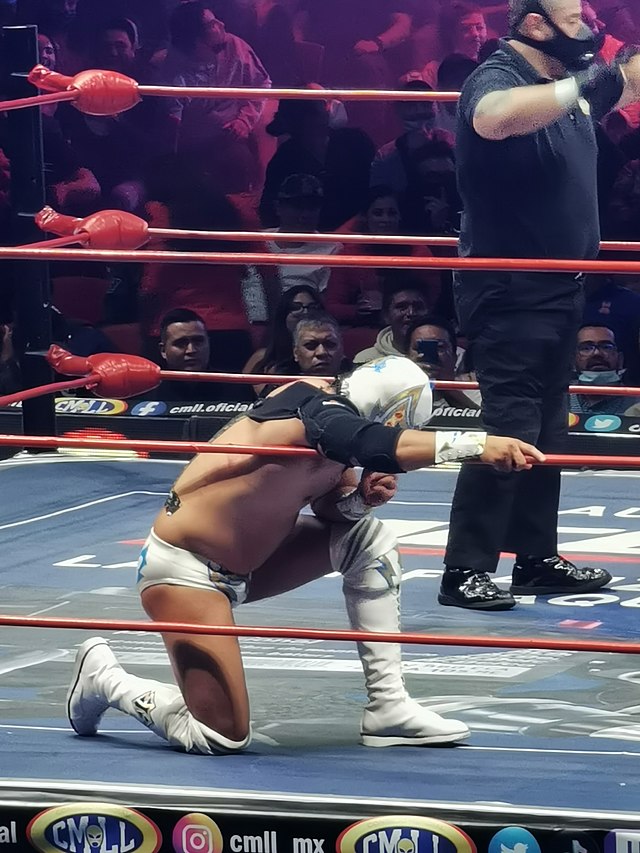
Lucha Libre is a tapestry woven with tradition, athleticism, and spectacle. This style of pro wrestling remains a cultural phenomenon that celebrates Mexican culture and the artistry of pro wrestling.
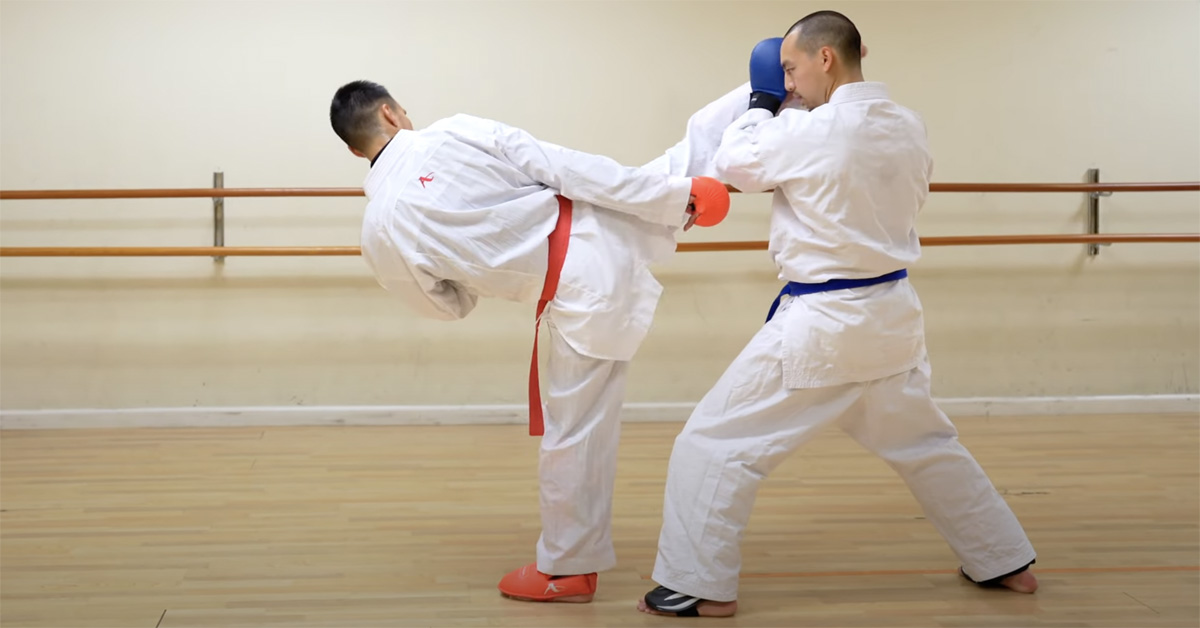 Within the martial arts world, there are many fighting forms that throw different types of kicks. From all of…
Within the martial arts world, there are many fighting forms that throw different types of kicks. From all of…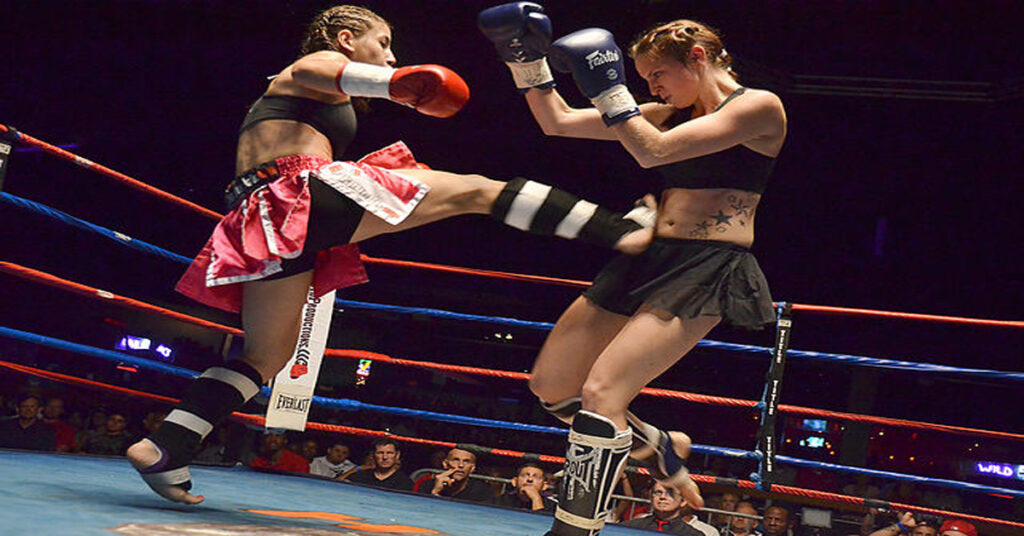
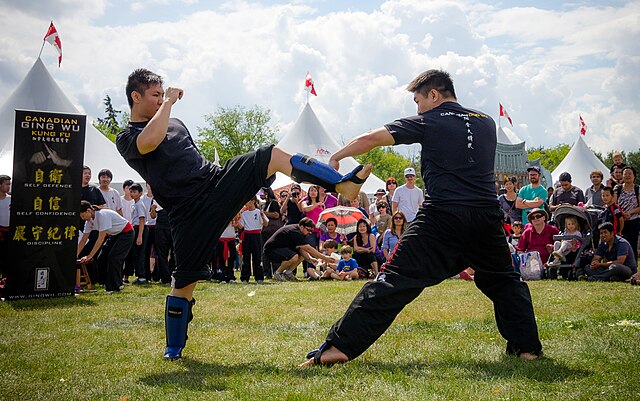
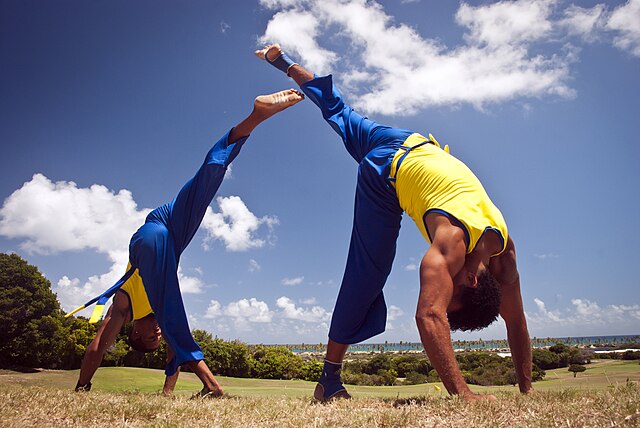
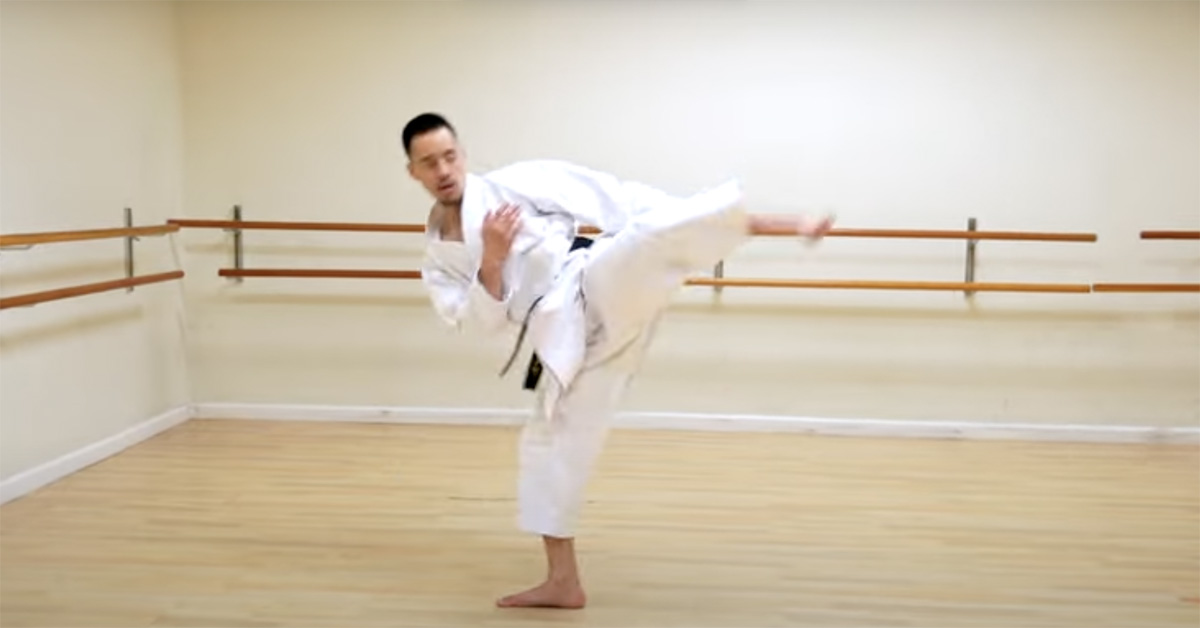 The striking art of karate is known for having some of the most effective and powerful kicks of any…
The striking art of karate is known for having some of the most effective and powerful kicks of any…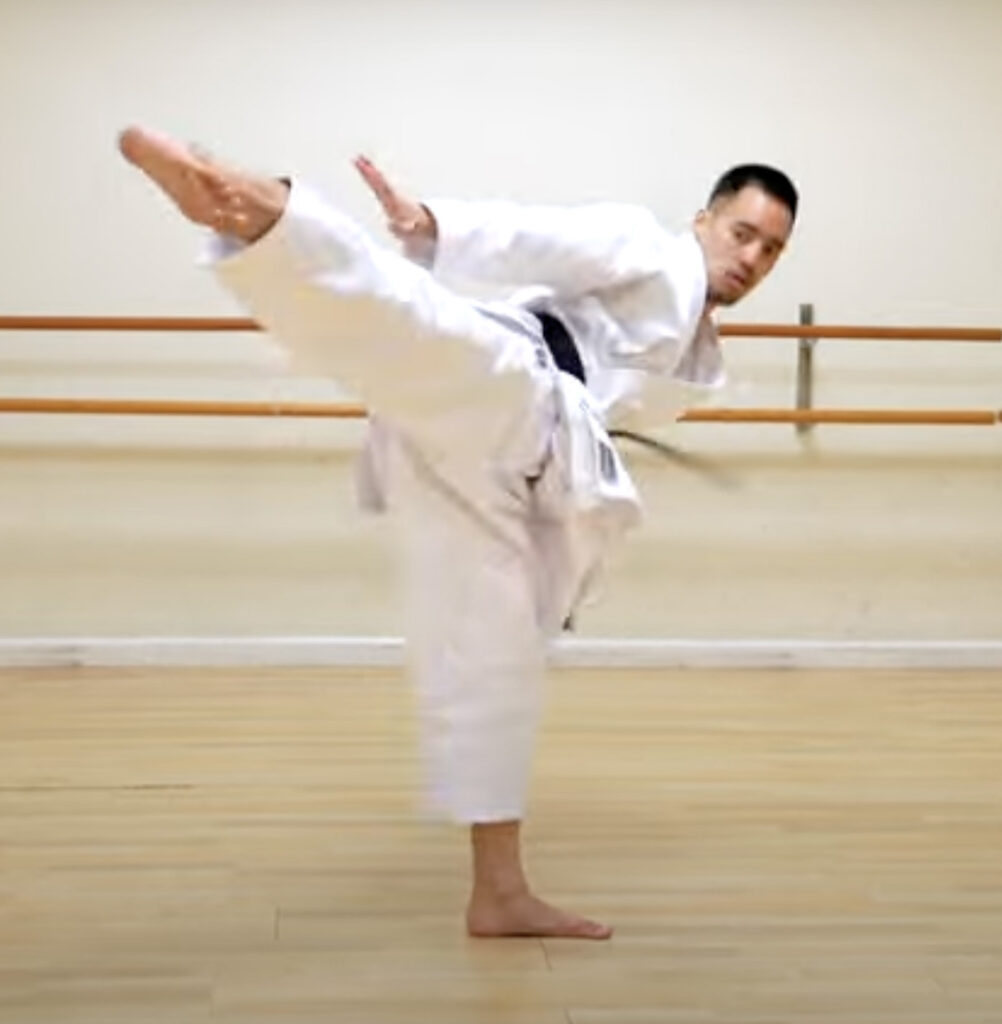
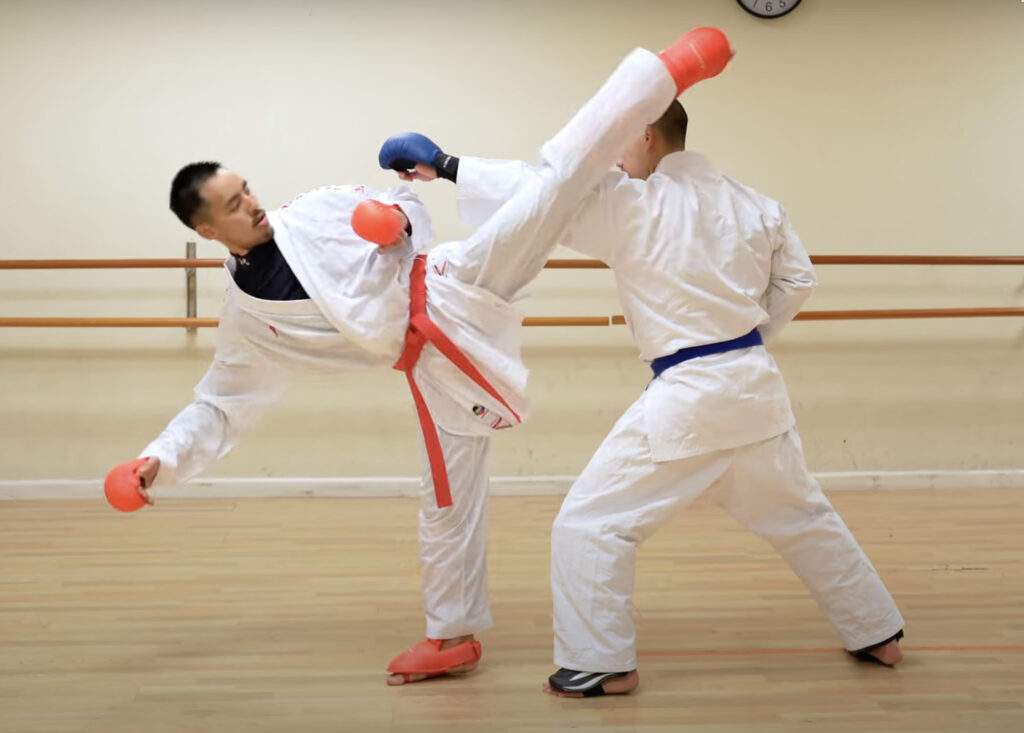
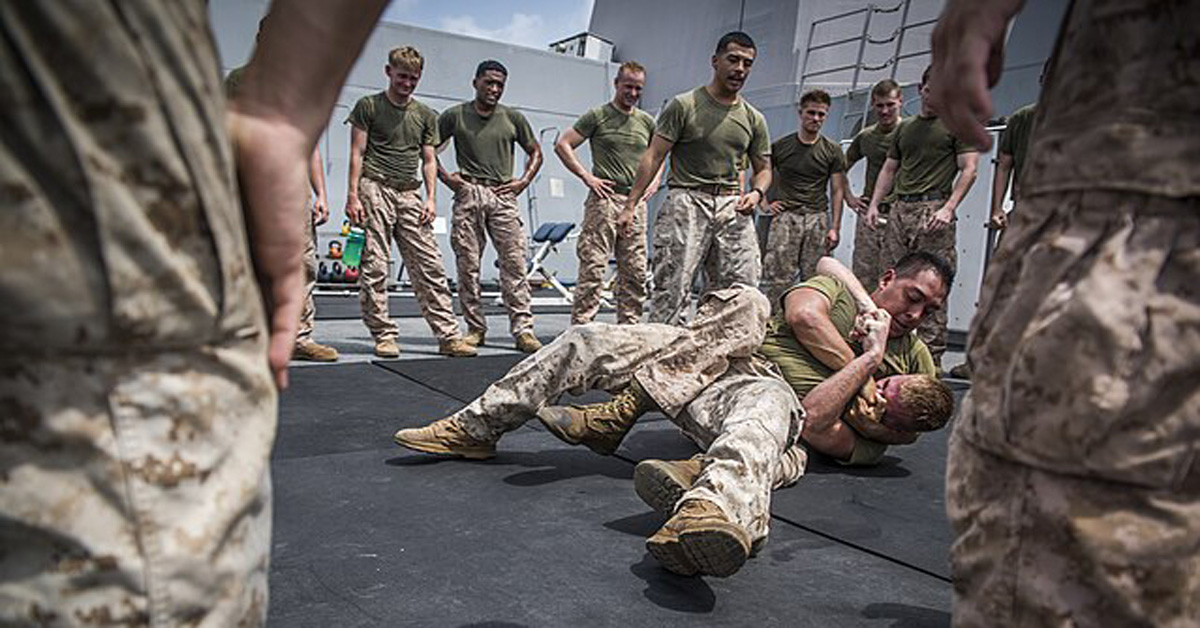 The greatest military forces in the world are known for using their own special form of combat. Each country…
The greatest military forces in the world are known for using their own special form of combat. Each country…